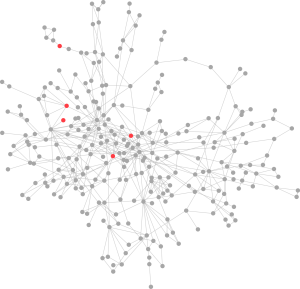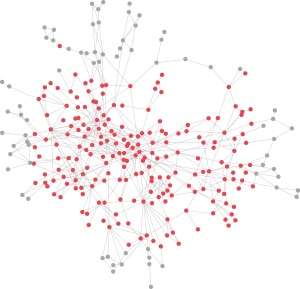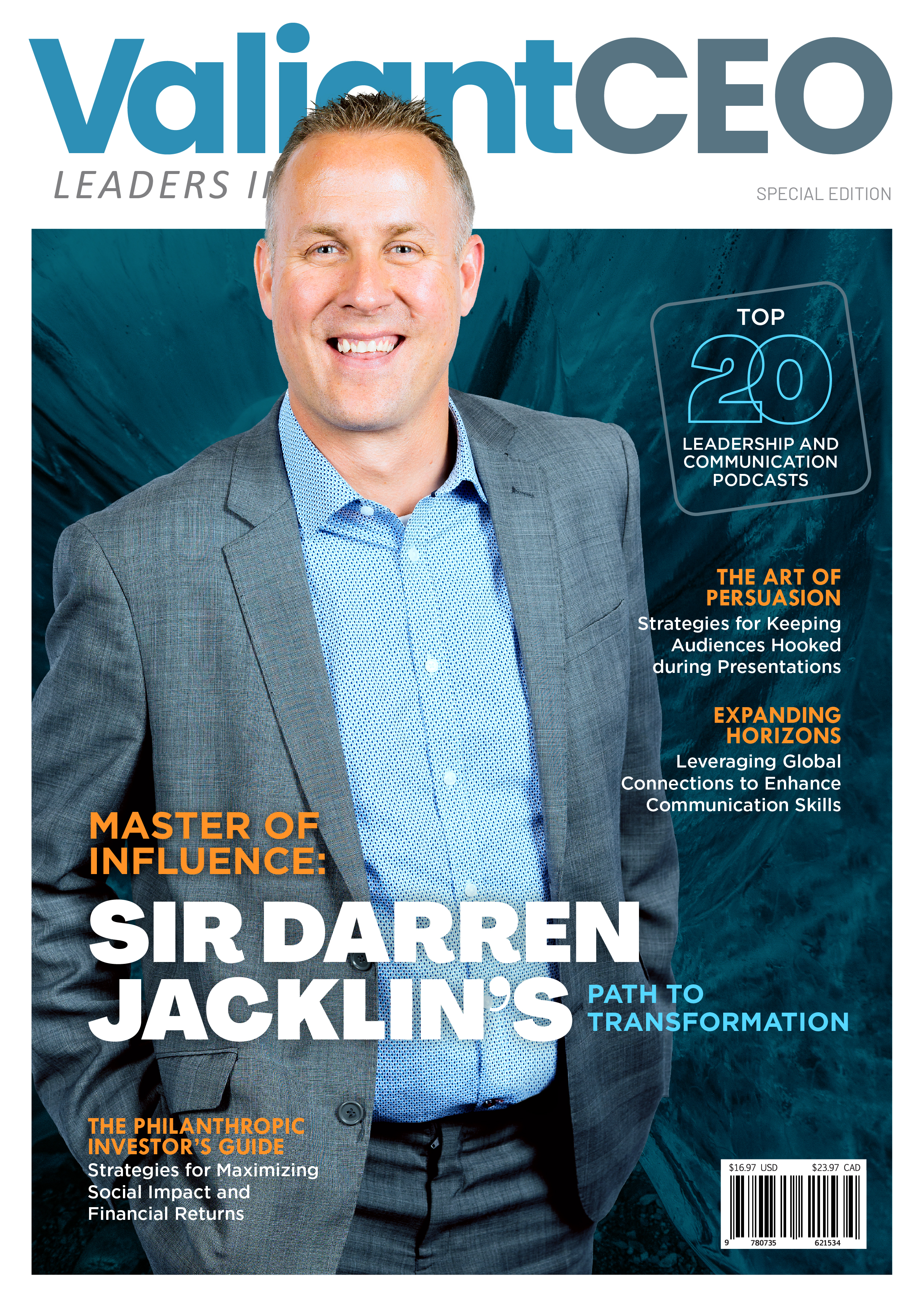Change can be inevitable and happens both internally and externally within each organization. There are things that need to change, whether they’re conscious or unconscious on behalf of the company. Companies cannot stay in place with emerging technologies and new customer requirements, as it is an integral part of business and can be approached systematically with change management.
Organizations often resist change because employees may be unwilling to adapt to new norms. Those that oppose change often have different contexts and manage themselves in new ways. For example, managers may install a new IT system or go digital with their processes for business process re-engineering.
If the employees are committed to the goal of an organization, they will work together to achieve them even if people might not always agree on what needs to happen. Instead of focusing on the negatives, take it a step further and find solutions to improve your company.
A change management process asks the questions of whether our goals are challenging enough, and if we have the skills to meet these challenges. If not, then both will lead to a failure for us in the future.
“The idea behind this is that everybody should be aware of where we go, why we go there, how we want to go there, and especially what’s expected of each individual to support that change and be part of that change.” – Péter Kalmár, Founding & Managing Partner at Flow International.
Change management is essential because you need to plan for change and help people adapt to it. It’s easier said than done, as change management can be time-consuming and difficult.
The change management initiative is responsible for finding the right expertise, training and developing the people, or getting them to optimum skill level in order to safely raise the bar.
Change management is traditionally a top-down approach and change management happens because it’s the leaders at the top of the organization that is supposed to set the agenda. They are in contact with the market, they know what shareholders want, they’re aware of expectations and strategic goals, and they make necessary changes happen. A top-down approach is still current, however, it has been impacted by the virtual working pandemic. So, even today the tendency is that top management drives organizational change.
In contrast to this, an emerging approach is a bottom-up approach, where the employees make an impression on their peers as well and are able to spark change through a viral, grassroots movement. In order for any change initiative to be successful, key change agents should be involved in any change management process. This will allow for a cost-effective, fast, and more lasting change. Working with these key people will also result in a lower risk of failure. These people are trusted so as they spread information, it will reach those who have not been reached before.
If you have a change ahead and know the influencers in your organization, informally or formally, then this is the channel to get through to people. This is also a good channel for feedback on all of your efforts. If you have them on board, there will be less resistance. As a member of the management team, they will be very influential in providing fresh insights, educating new employees, and providing innovative solutions to help the organization reach its fullest potential.


If a company incorporates goals that all members are aligned with, there will be a commitment to those goals and the drive needed to overcome obstacles in order to succeed. The most important aspect of change management is in fact adapting people to changes. Change management helps people adapt to changes in a controlled and strategic manner.
Therefore, if there are many changes on the horizon, you should use the trusted influencer’s opinion to help pave your way. Figure out the best ways to tell these influencers about the change and get their feedback, as they will be able to react before it happens. If they are willing to help you change, then the new change will be easier.
You can more effectively manage change initiatives by understanding influencers and informal networks that make up your organization’s social network map. Allocating more resources to soft aspects of change, like changing how people think about change, will make your project more successful. Generally, large organizations fail to properly recognize truly influential people in their network, they generally recognize visible people. With OrgMapper | INFLUENCE we can easily map your true advisors.







